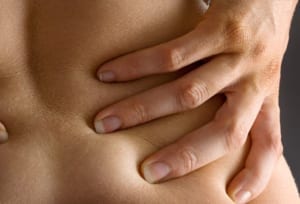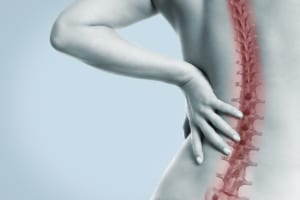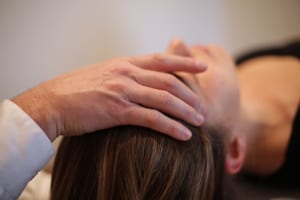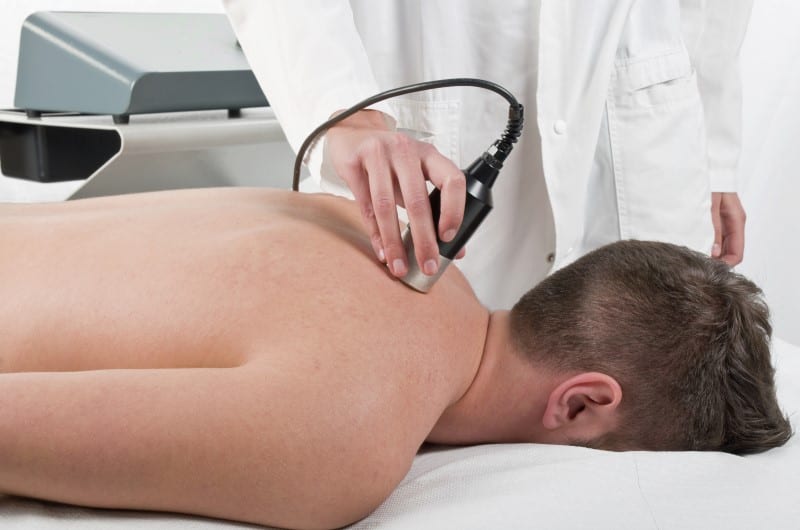Are you giving your back pain the attention it deserves?
 Treating people with a range of back problems is a mainstay of any Osteopath’s job. Therefore, we welcome a campaign such as Backcare Awareness Week (promoted by BackCare – the National Back Pain Association) that highlights this important public health issue. This year the campaign is aimed at younger people. The campaign reports that 1 in 4 secondary school children suffer from back pain. Naturally, the focus is on prevention this year, and who better to carry good practice and knowledge forward than children between the ages 11-16.
Treating people with a range of back problems is a mainstay of any Osteopath’s job. Therefore, we welcome a campaign such as Backcare Awareness Week (promoted by BackCare – the National Back Pain Association) that highlights this important public health issue. This year the campaign is aimed at younger people. The campaign reports that 1 in 4 secondary school children suffer from back pain. Naturally, the focus is on prevention this year, and who better to carry good practice and knowledge forward than children between the ages 11-16.
Back pain in adults in the UK
The statistics for adults too show why action needs to be taken. In the UK each year the people who suffer most commonly with back pain are people aged 35-55, but 8 in 10 of us will report some back pain at least once in our lives. The cost to the NHS in 2014 was £1m There is an enormous amount of help available in the form of pain clinics, health practitioners such as physiotherapists and osteopaths, and in extreme cases, surgery, but these are staggering statistics none the less.
Treating Back Pain at The Robin Kiashek Clinics
 Robin Kiashek has over two decades of experience in treating a range of painful conditions related to the spine. By providing a thorough assessment and a treatment plan, including exercises and guidance on how to prevent future occurrences, patients receive a personalised treatment plan well-rounded individual treatment that can bring relief and independence. If the problem is severe or prolonged, such as acute pain resulting from injury, a treatment plan can be adjusted over time to help a patient regain optimum movement and strength.
Robin Kiashek has over two decades of experience in treating a range of painful conditions related to the spine. By providing a thorough assessment and a treatment plan, including exercises and guidance on how to prevent future occurrences, patients receive a personalised treatment plan well-rounded individual treatment that can bring relief and independence. If the problem is severe or prolonged, such as acute pain resulting from injury, a treatment plan can be adjusted over time to help a patient regain optimum movement and strength.
How Back Pain Can Affect Society
If we consider the toll that chronic pain takes on individuals and families, it is easy to see how the whole of society is affected. This is particularly true in people’s daily occupations: heavy lifting at work, long hours of driving, looking after children, the elderly or disabled. According to NHS statistics, in 2013/2014 2.8 million working days were lost due to back pain. If you are a sufferer or live with someone who is, then you’ll know how debilitating it can be.
Transformative Treatment for Back Pain
 You will also recognise how life-changing good treatment is. At The Robin Kiashek Clinics the aim is to make treatment as transformative as possible, not merely temporarily effective. The treatment you will be given will not only relieve pain but help to strengthen the body in order to prevent further pain or injury. It is possible to relieve symptoms with an array of gentle treatments, all with your agreement, ranging from Osteopathy to Western Acupuncture and Low Level Laser Therapy (LLLT). Everything that Robin can offer is at your disposal to get you free of pain, or to get you to a place where pain is manageable and you are able to anticipate and mitigate problems yourself.
You will also recognise how life-changing good treatment is. At The Robin Kiashek Clinics the aim is to make treatment as transformative as possible, not merely temporarily effective. The treatment you will be given will not only relieve pain but help to strengthen the body in order to prevent further pain or injury. It is possible to relieve symptoms with an array of gentle treatments, all with your agreement, ranging from Osteopathy to Western Acupuncture and Low Level Laser Therapy (LLLT). Everything that Robin can offer is at your disposal to get you free of pain, or to get you to a place where pain is manageable and you are able to anticipate and mitigate problems yourself.
Experience tells us that back pain is very individual, often is the result of multiple factors interacting in a complex way, and that the best outcome for any sufferer is a tailored treatment plan, employing a few different methods, from changes in lifestyle, to regular re-evaluation. In many instances, consultation can be a re-education for a patient who has had little explanation of his or her condition in the past.
Want Help With Back Pain?
So, if a trip to the GP has not addressed your pain, or you feel that you have neglected to seek further help for long-standing back pain, call Robin Kiashek for a consultation appointment and highly individualised therapy. You have a choice two clinics, one in North London and one in Central London. Why not request an appointment today.


 Ultimately I take a holistic approach to any health issue and, to go back to the analogy, find out why that dripping tap first occurred. As somebody who has undertaken extensive training from Osteopathy and Naturopathy, Post graduate studies in NeuroLinguistic Programming (NLP)/Life Coaching, Western Acupuncture, The Perrin Technique for Chronic Fatigue Syndrome and Low Level Laser Therapy.
Ultimately I take a holistic approach to any health issue and, to go back to the analogy, find out why that dripping tap first occurred. As somebody who has undertaken extensive training from Osteopathy and Naturopathy, Post graduate studies in NeuroLinguistic Programming (NLP)/Life Coaching, Western Acupuncture, The Perrin Technique for Chronic Fatigue Syndrome and Low Level Laser Therapy. Low Level Laser Therapy (LLLT) is a treatment that can speed up certain healing processes by using specific wavelengths of light to interact with tissue. It has been effective in treating a variety of chronic and acute conditions in order to enhance functionality and to reduce pain, swelling and spasms. Some conditions that respond particularly well to LLLT include:
Low Level Laser Therapy (LLLT) is a treatment that can speed up certain healing processes by using specific wavelengths of light to interact with tissue. It has been effective in treating a variety of chronic and acute conditions in order to enhance functionality and to reduce pain, swelling and spasms. Some conditions that respond particularly well to LLLT include: